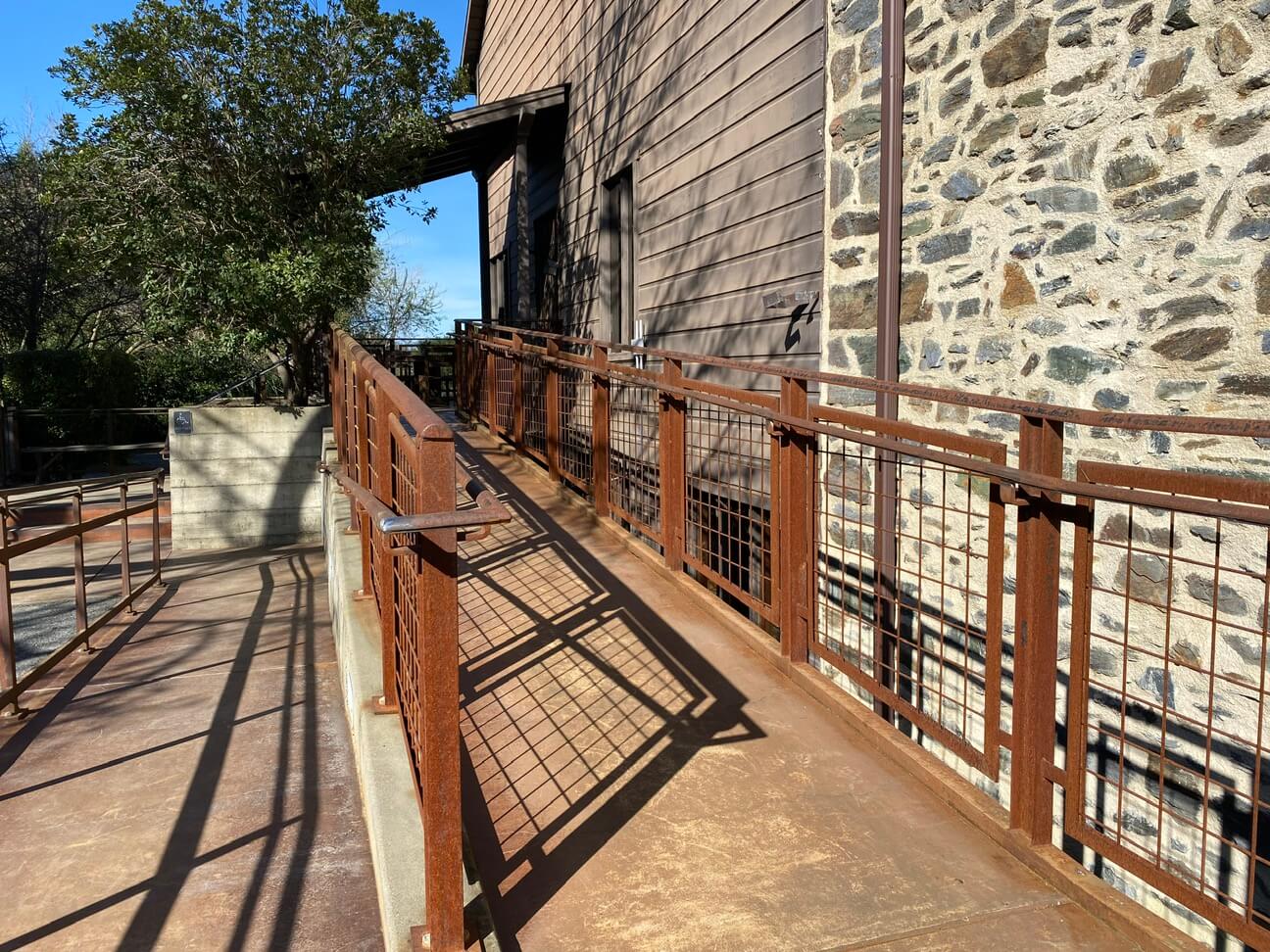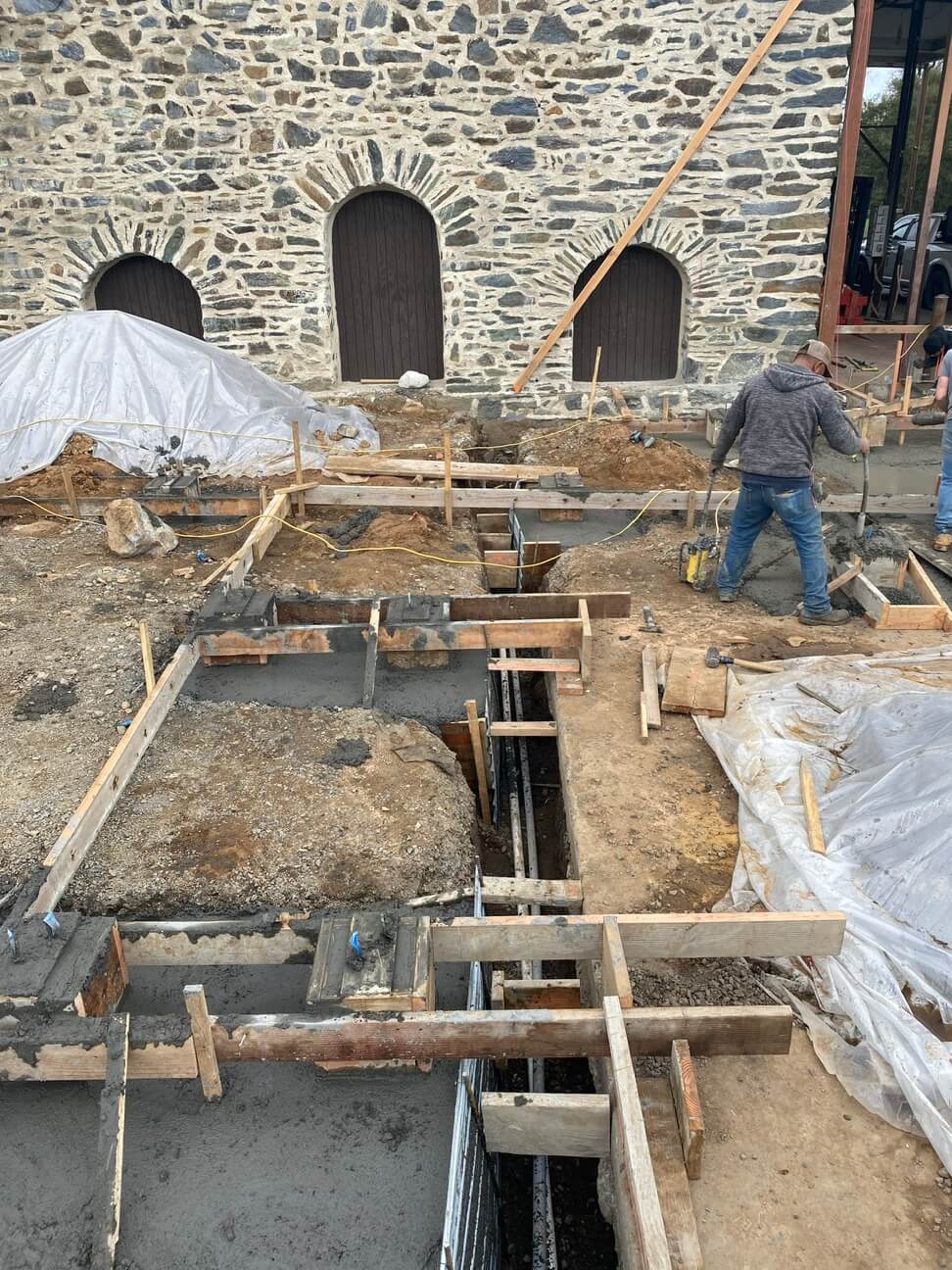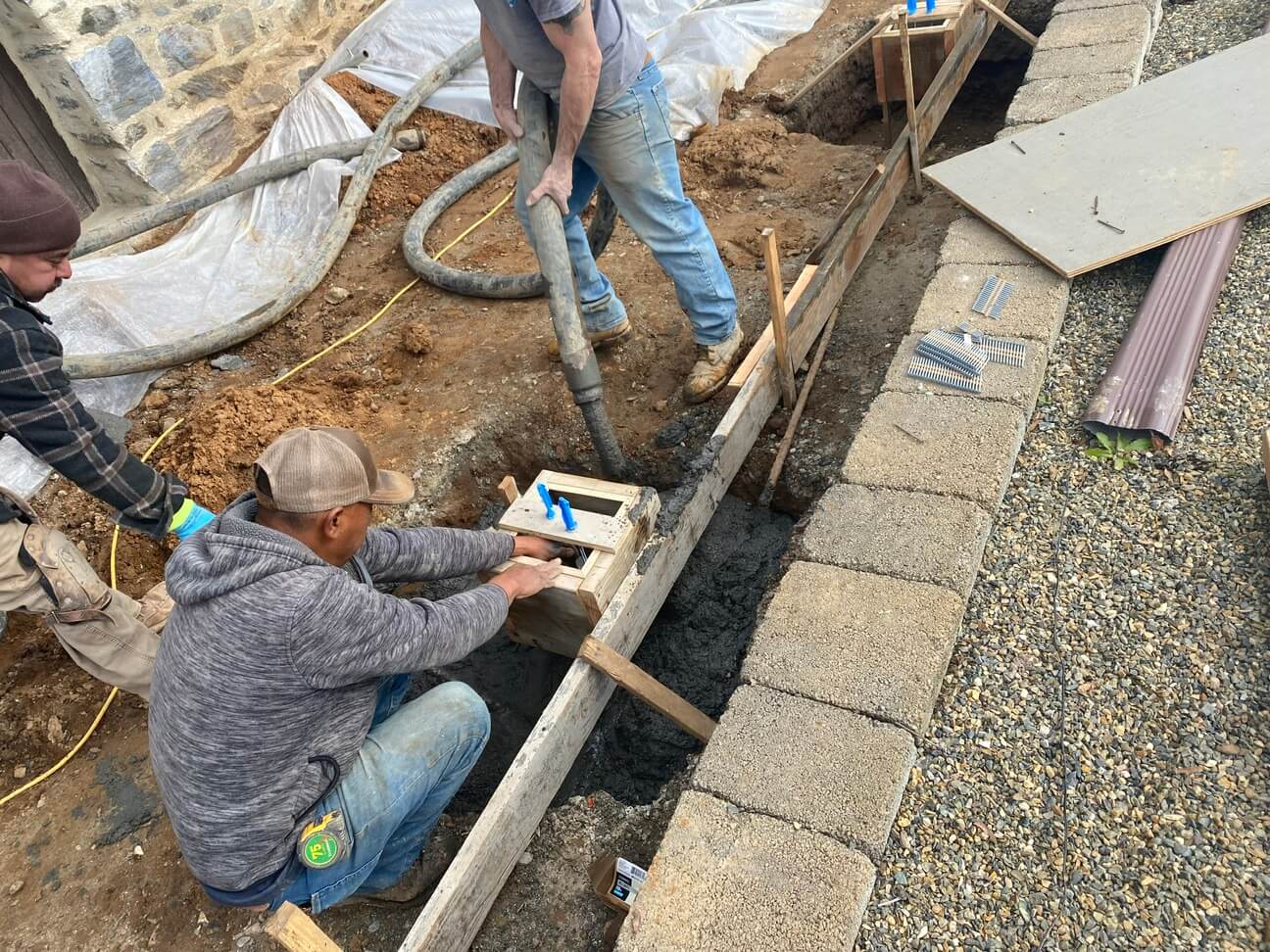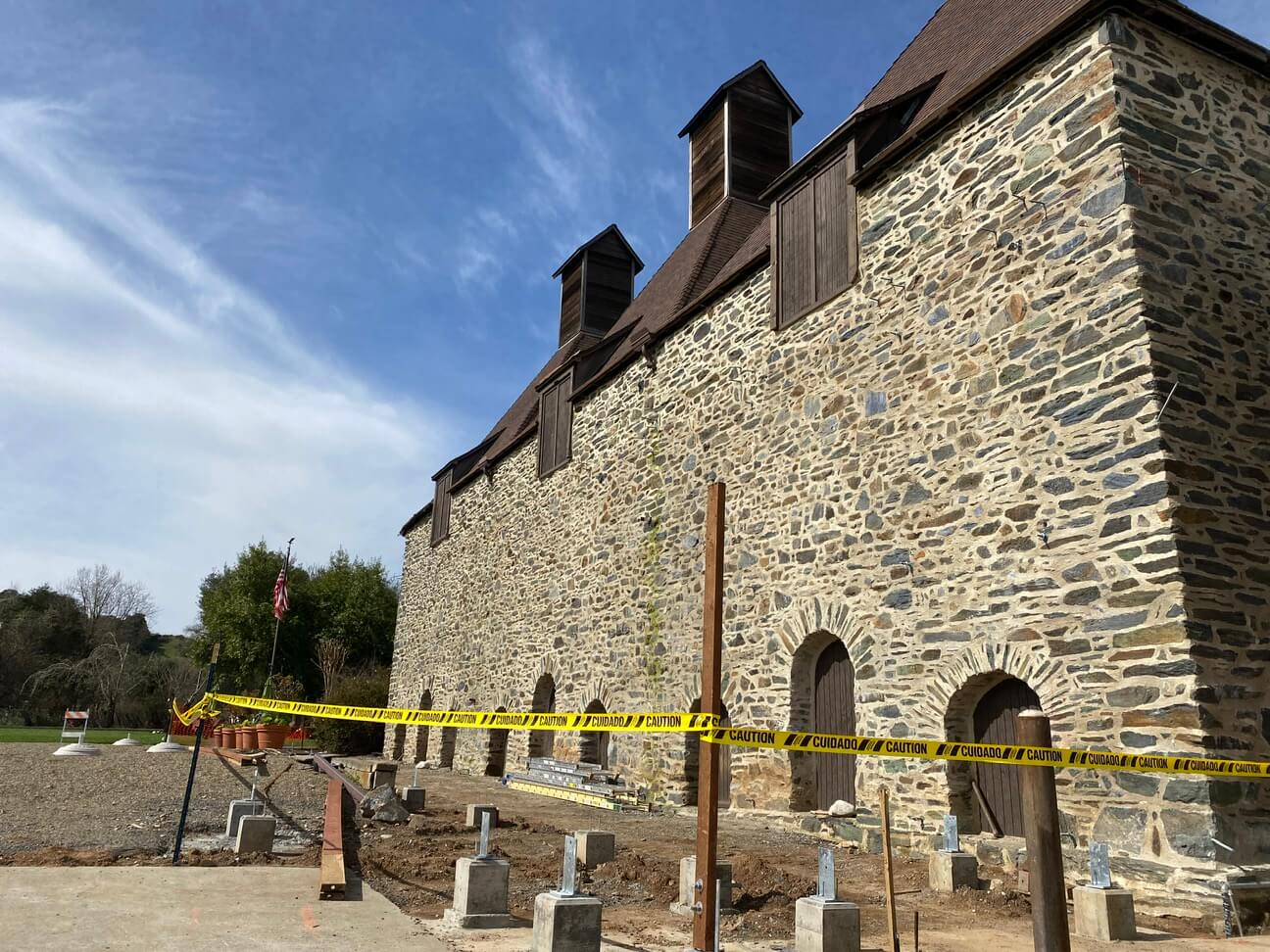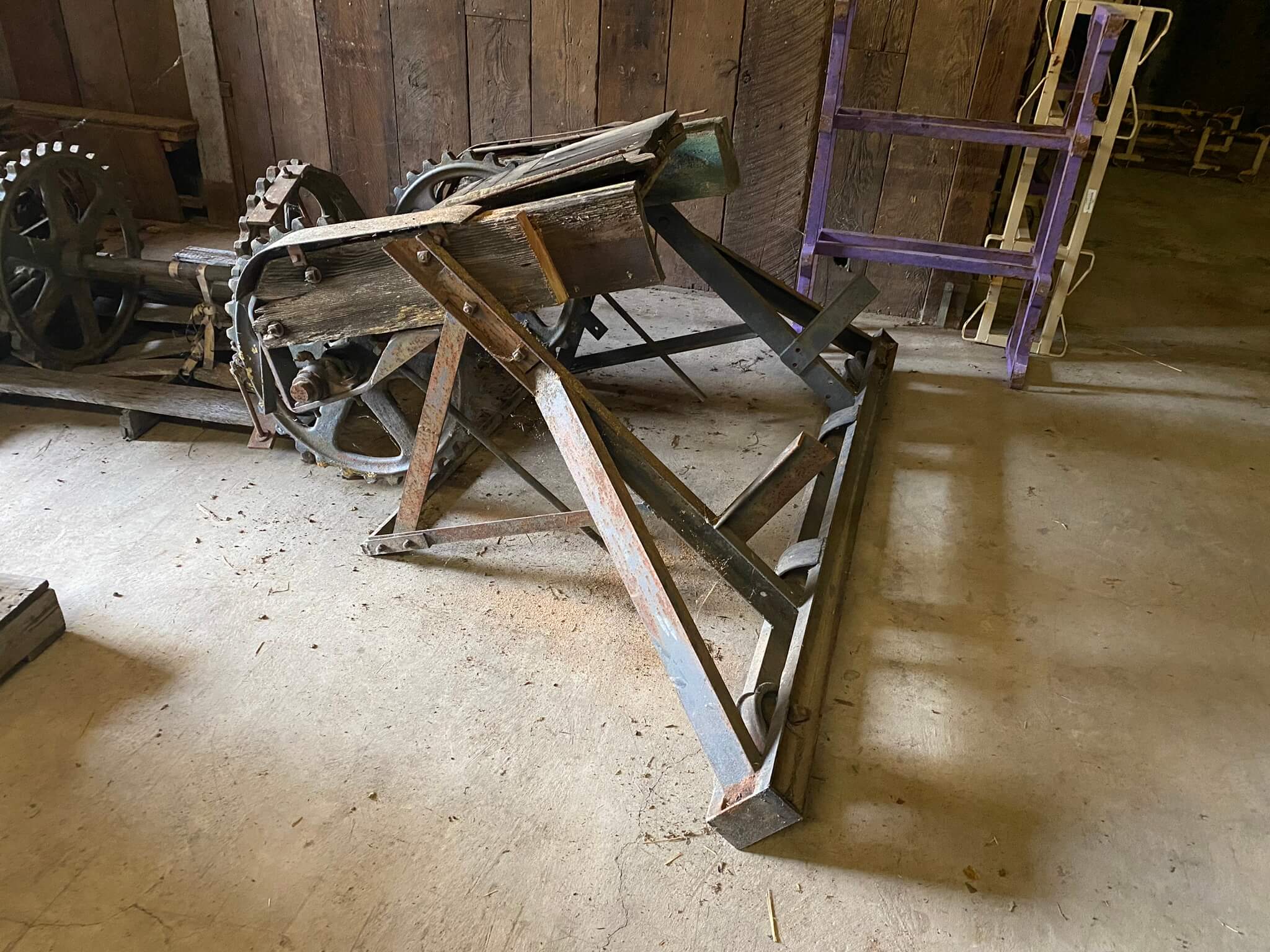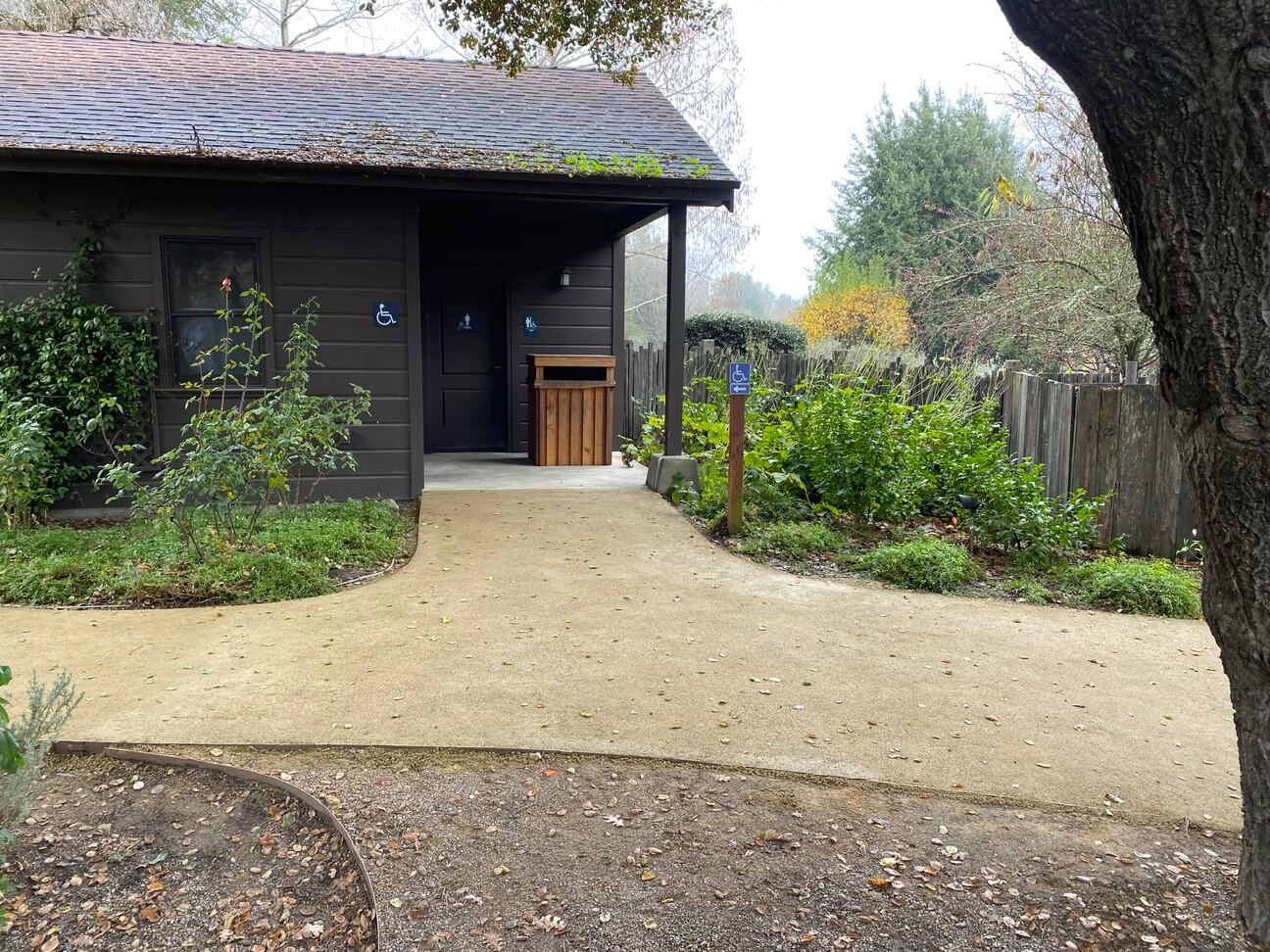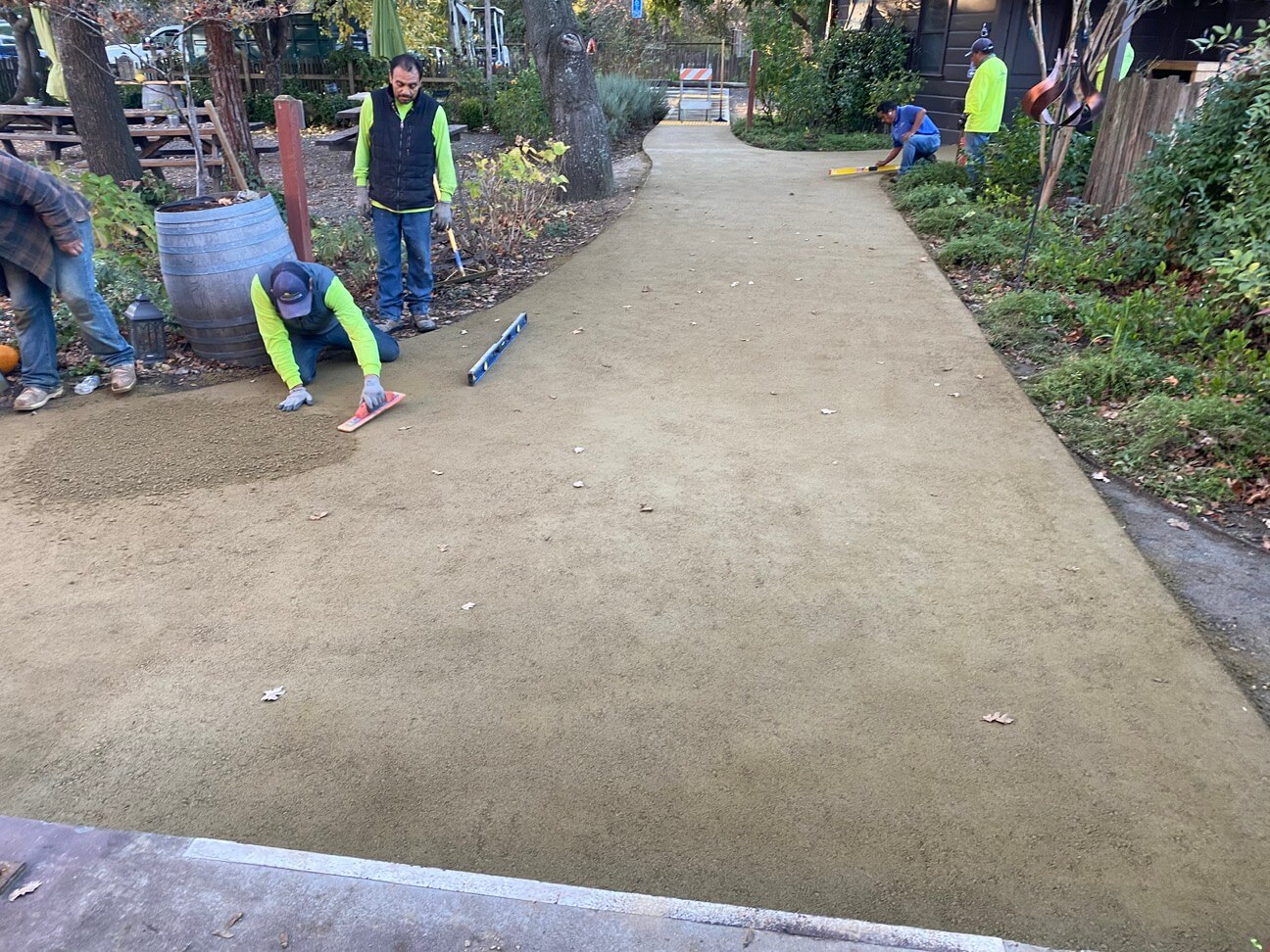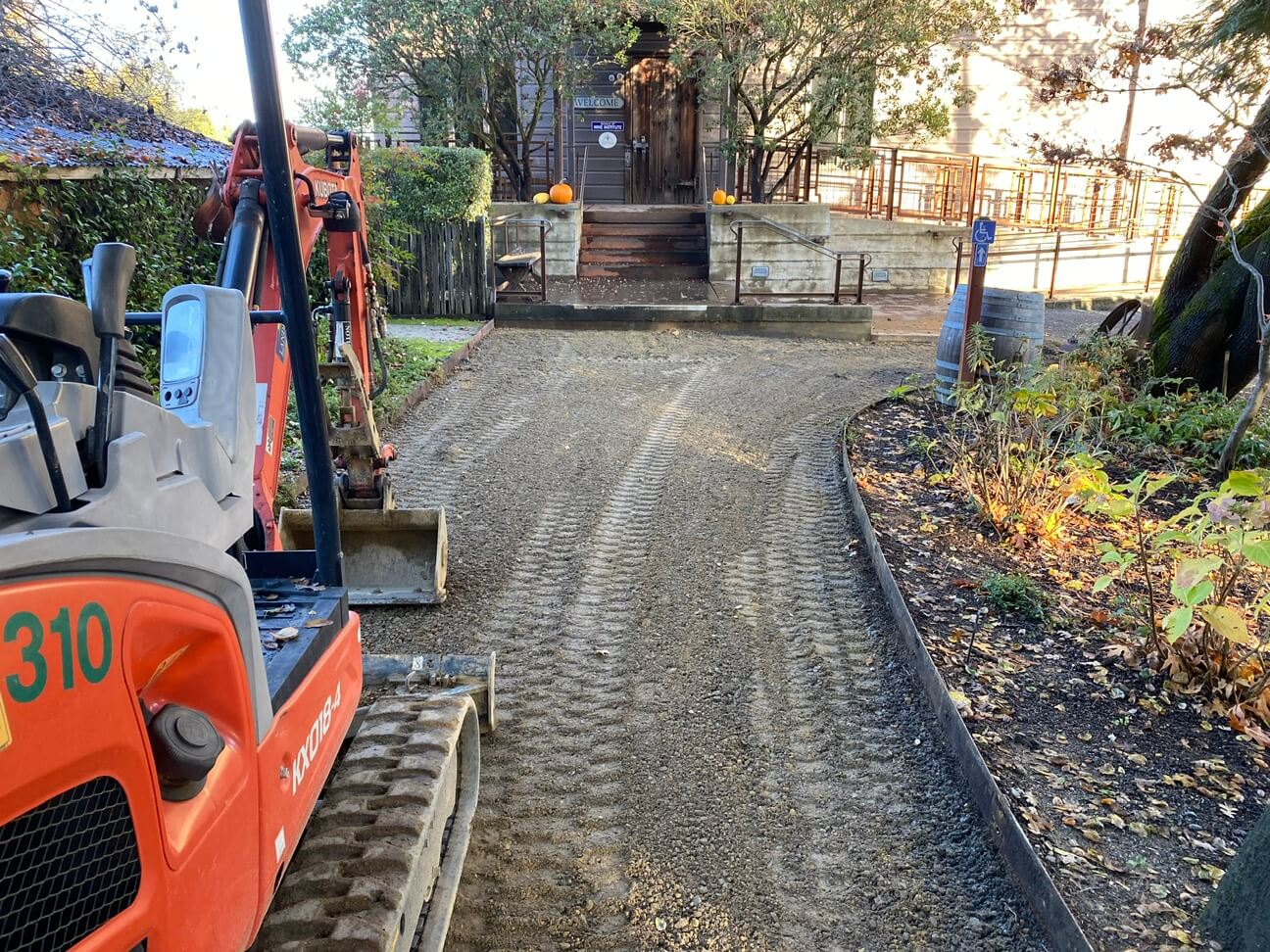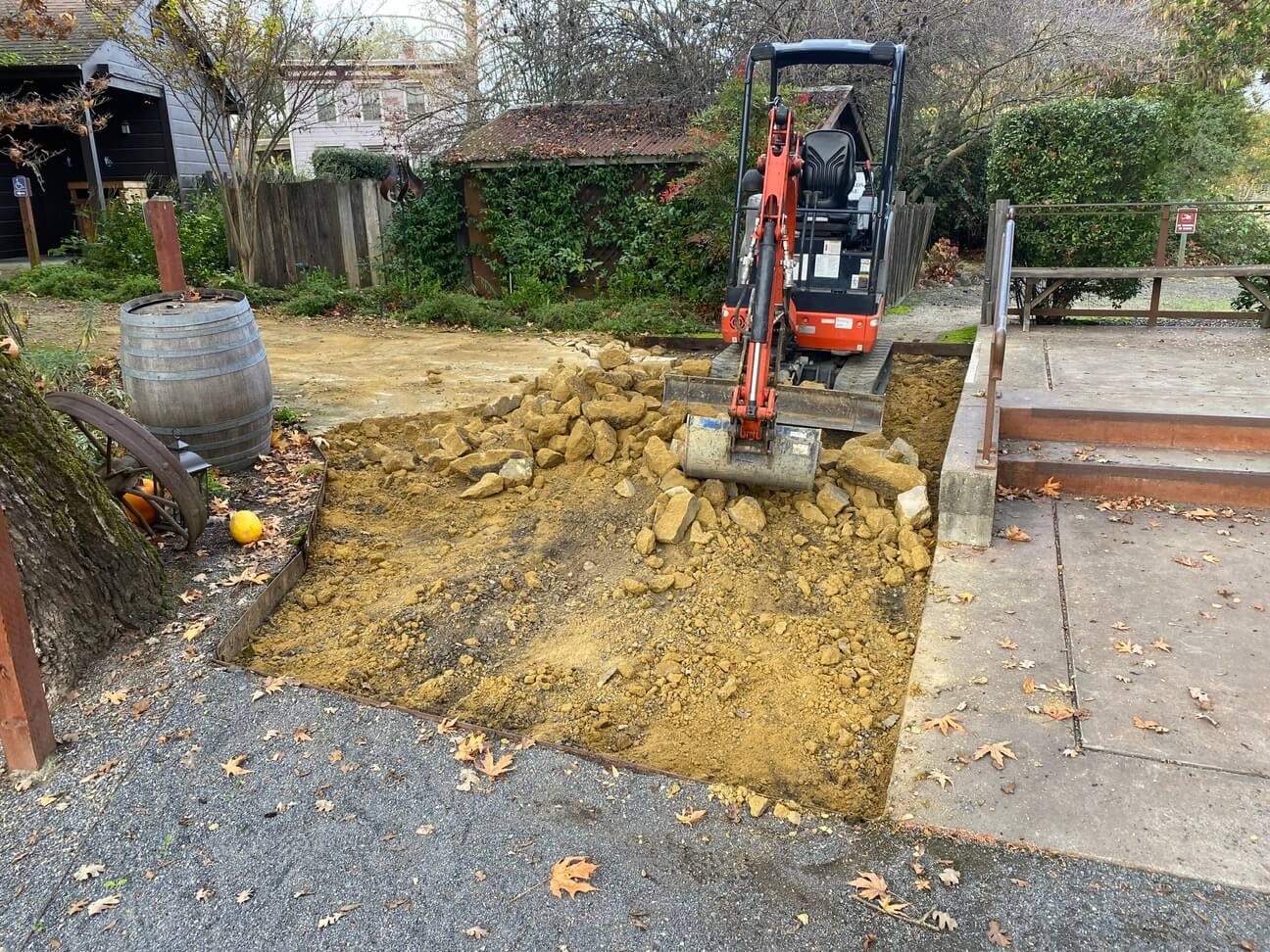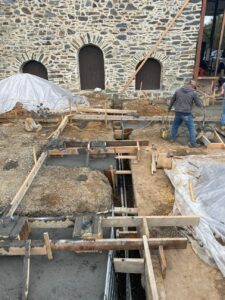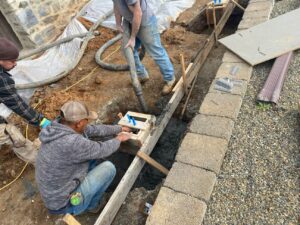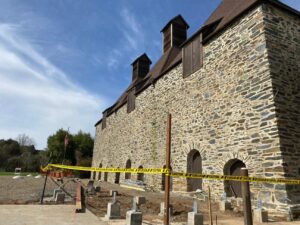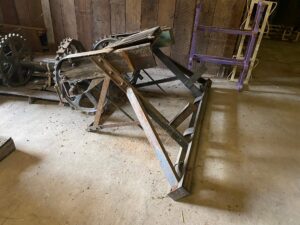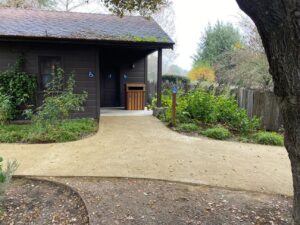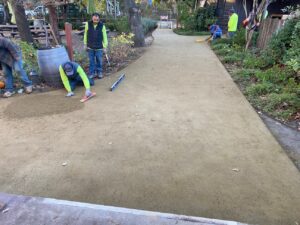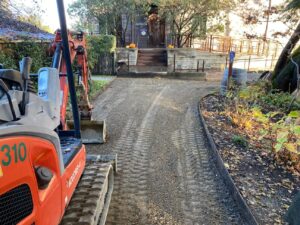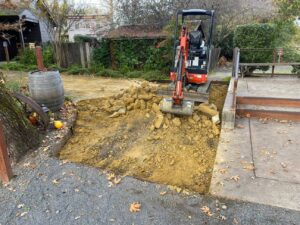Turning Back Time: Historic Hop Kiln Vineyard Restoration
Last updated on March 26, 2024.
Updating typically involves embracing a more modern style. Not so, with the careful restoration of Hop Kiln Estate owned by Landmark Vineyards. The focus is bringing accessibility compliance to this registered California Historical Landmark while retaining optimal historical accuracy, a delicate balance that humbly demands remarkable detail and craftsmanship.
Located in the Russian River Valley, the fieldstone structure was erected by Italian stonemasons in 1905, reportedly within a mere 35 days. The kiln was originally used for drying and baling hops grown for beer, a popular crop in the region at that time. However, wine grapes have been grown on the property since the late 1800s, making it an ideal winery location since 1960. The building now serves as Hop Kiln Estate’s tasting room, voted as one of the best ten tasting rooms in Sonoma County.
Architectural Resources Group, a firm specializing in enhancing historic buildings spaces for adaptive use, developed plans for accessible upgrades for the deck, main entrance, bathroom amenities, and navigation of the grounds, including walkways and parking.
Special attention is being given to safe access for guests, such as improved doorway thresholds and custom handrail modifications that retain the original style, but meet ADA requirements. GraniteCrete is being used for pedestrian paths, because it resembles natural decomposed granite, yet provides a stable, slip-resistant surface with ideal properties for permeability, durability, and maintenance.
Although it will not be used for functional operations, original conveyor belt machinery is being refurbished for historical accuracy. Massive, full-height, pressure-treated deck posts will resemble redwood lumber of the era, while offering optimal insect resistance and durability.
The Nordby Construction anticipates completion of the project in early summer 2024. Check back for our latest project installations!
